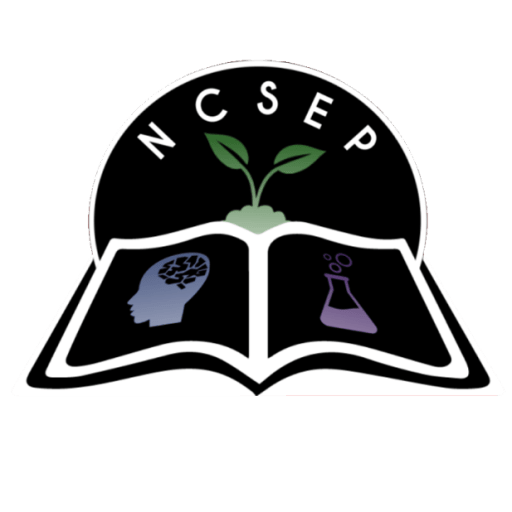Why We Emphasize Title I: The Data Supporting Our Mission
- ncseporg
- Jul 6
- 2 min read
North Carolina Science Education Program📍 www.nc-sep.org
Introduction
The North Carolina Science Education Program (NCSEP) was created to respond to one apparent reality: Title I schools in our state are facing systemic disadvantages. From chronic absenteeism to funding inequities, students in these schools experience real barriers to opportunity, especially in STEM education. Our mission is to identify these gaps and bridge them, one student at a time.
We don’t just believe in helping—we believe in helping smarter. Here's a closer look at why our work is urgent, strategic, and measurable.
1. Increase in Chronic Absenteeism
From 2018 to 2024, the rate of chronic absenteeism in North Carolina public schools rose from 15% to 25%.
Why It Matters:
Students who miss 10%+ of the school year struggle to keep up, especially in science and reading. For Title I schools, absenteeism often stems from a lack of transportation, weather-appropriate clothing, or hygiene supplies, not student motivation.
NCSEP's Response:
Delivered kits and gear to rural schools
Targeting up to a 1-2 percentage point improvement in attendance for targeted students
2. Rural Schools Are Most Affected
Here’s how absenteeism breaks down across North Carolina:
Rural counties are hit hardest, with 29% of students missing significant school time
These are often Title I schools with the least access to private support or enrichment programs
NCSEP's Response:
Focused on rural areas - Lenoir County, Lancaster County, Gaston County
3. Literacy Gaps in Schools Partnered with NCSEP
In classrooms we support, 68% of students read below grade level.
NCSEP's Response:
Introduced culturally inclusive science + reading kits
We expect teachers to report noticeable increases in engagement and self-initiated reading
4. Funding Inequity Remains a Reality
Despite federal Title I funding, schools in high-poverty areas receive significantly less total funding per student when state and local contributions are factored in.
$9,500 per student in high-poverty schools
$12,500 per student in low-poverty schools
This means fewer materials, outdated labs, and fewer science electives
NCSEP’s Response:
We step in with low-cost, high-impact science kits, teacher micro-grants, and peer mentoring. We’re not closing the full gap, but we’re moving the needle. A case in point is our large grant for Rowan Salisbury Schools (https://horizons.rssed.org/unboxed-kits-and-checkout).
Our Strategic Approach
What sets NCSEP apart is that our work is data-driven, community-informed, and student-led. We identify where the need is greatest and channel resources directly to classrooms through:
Local partnerships with teachers and principals
Direct-to-student learning support
Volunteer-powered STEM mentorship
Survey-based teacher feedback
What's Next
With your support, NCSEP plans to:
Expand our Back-to-School 2025 Campaign
Launch new Title I STEM Mentorship pilots
Apply for federal and state innovation grants
JOIN US!
Every number tells a story—and every act of service creates a new one. At NCSEP, we believe science is accessible to everyone, and we’re demonstrating that small efforts can spark systemic change.
Data Sources & References:
NC Report Cards – NC DPI
MyFutureNC Dashboard
NCES – National Center for Education Statistics
Build the Foundation – Attendance










Comments